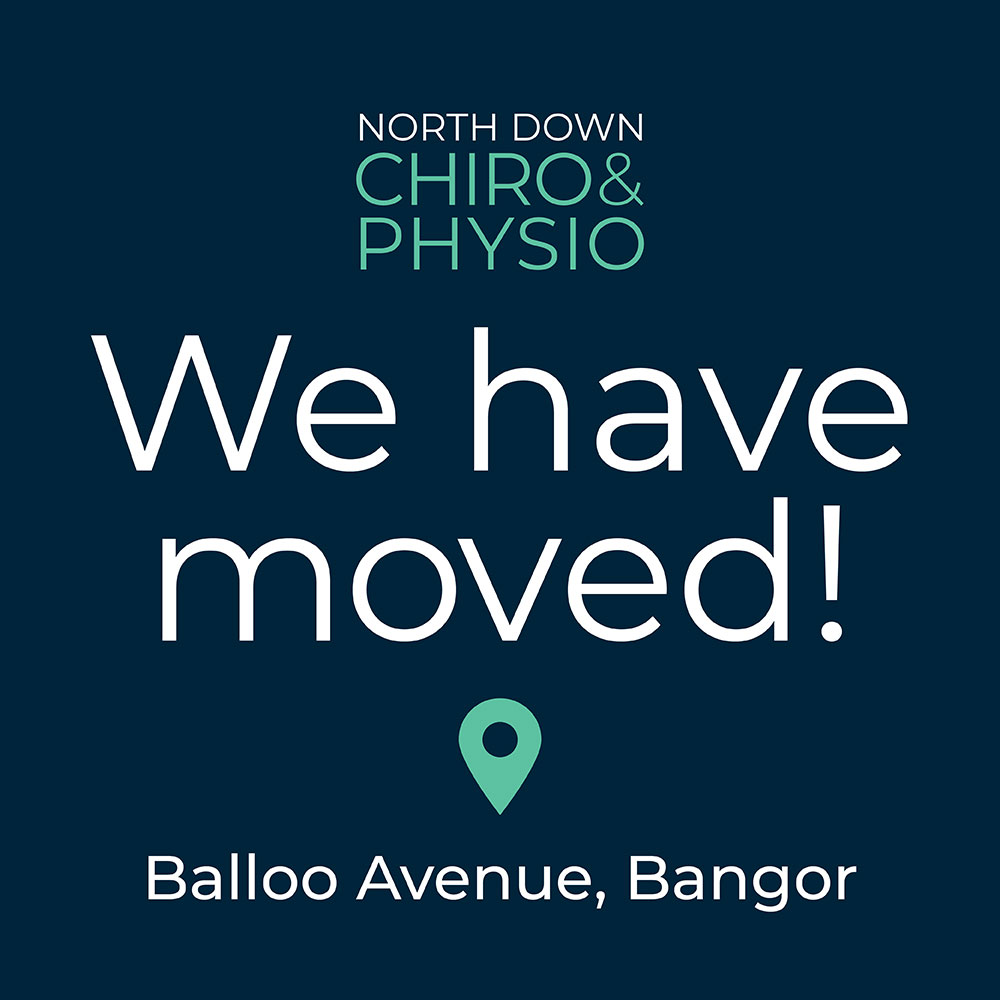
CERVICO-GENIC HEADACHES
In todays blog we are going to talk about 1) what is a cervicogenic headache 2) where do they come from 3) what do they feel like 4) what are the treatment options.
WHAT IS A CERVICOGENIC HEADACHE?
A cervicogenic headache is a headache that arises from the neck, this quite ambiguous statement has made it hard to pin down in the research and thus cervicogenic headaches have had a hard time until more recently. The top suspects for these headaches are the top three vertebra in the neck, however the muscles, ligaments have also been implicated. These top three vertebrae converge on an area in the brain called the Trigeminocervical nucleus, this area also has input from the trigeminal nerve, and thus sensitisation can occur from corresponding areas.
WHERE DO THEY COME FROM?
Cervicogenic headaches seem to have no definite onset, however can arise from a number of different situations that put stress on the structures in the neck, such as whiplash, sports injury, certain postures. In my opinion the trauma in the neck produces dysafferentation of the proprioceptors around the facet joint, leading to poor sensimotor control inappropriate muscular contraction and neurological sensitisation, this hypothesis supports the authors positive experience in treating the issue with spinal manipulative therapy.
WHAT DO THEY FEEL LIKE? DO I HAVE ONE?
We often try to start piecing together the diagnostic clues for a cervicogenic headache in the case history, we are looking for a few idiosyncratic signs such as:
- Pain is usually at the base of the skull, over the head and above the eye, and usually one sided
- Pain is made worse by neck movements
- There is often tenderness on the top three vertebrae
- Headache is usually “Episodic” and chronic.
- Usually non throbbing
- Very occasionally can have sensitivity to light/sound, dizziness or nausea.
TREATMENT FOR CERVICOGENIC HEADACHES
Treatment for cervicogenic headaches is often multi-model, which means we use a number of different approaches in conjunction. We often use spinal manipulative therapy, mobilisations, soft tissue work, acupuncture and stretching as our first approach. This “hands on” care aims to reduce down symptoms and speed up the reported outcome measures. These hands on therapies have been found to be effective in the research.
We also employ therapeutic exercise, such as craniocervicoflexion exercises, shoulder strengthening amount other approaches. This is done to correct the weakness in the deep neck flexors that is often found, and seems to particularly help long term with symptoms.

For more information please see the great blog post here
and check the video post out on facebook here
More Posts

Running blog: Part two

Running and Injury mechanics

Physiotherapy for Runners with Hip Pain: How to Get Back on Track

Parenting ‘Perils’

Sciatica explained

Osteoporosis/Bone thinning

Physiotherapy for Jaw pain/TMJ

Pilates now available

Physiotherapy, Pain and hairdressing



